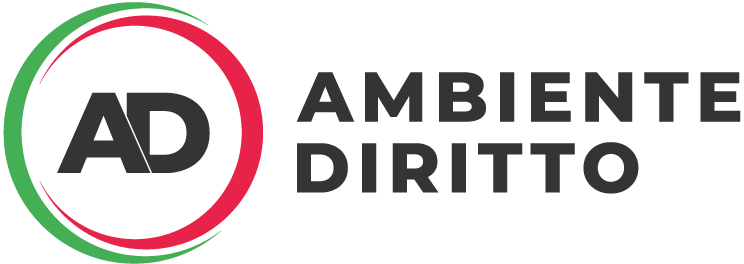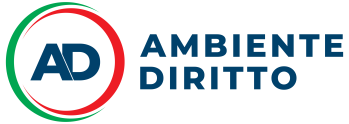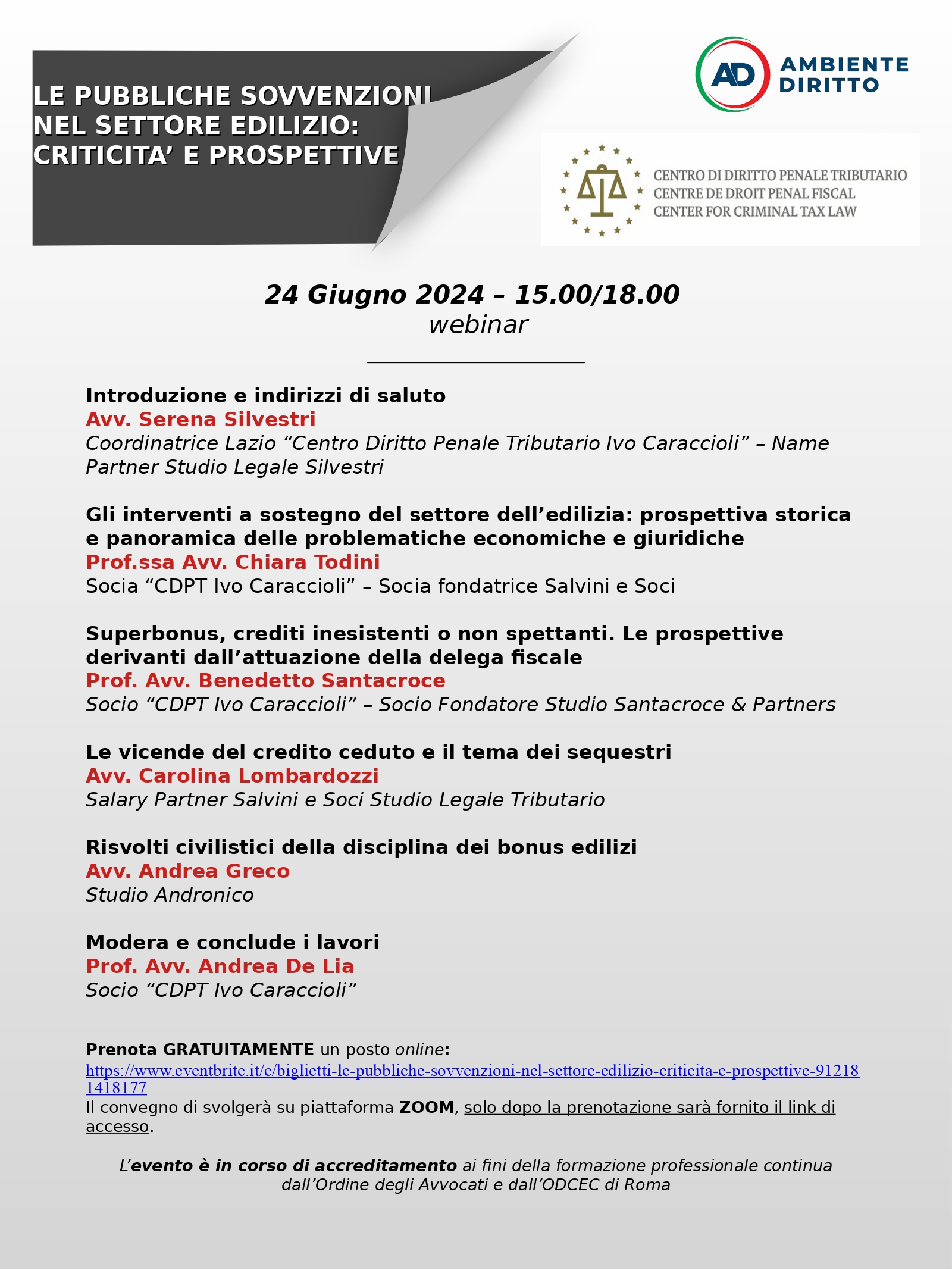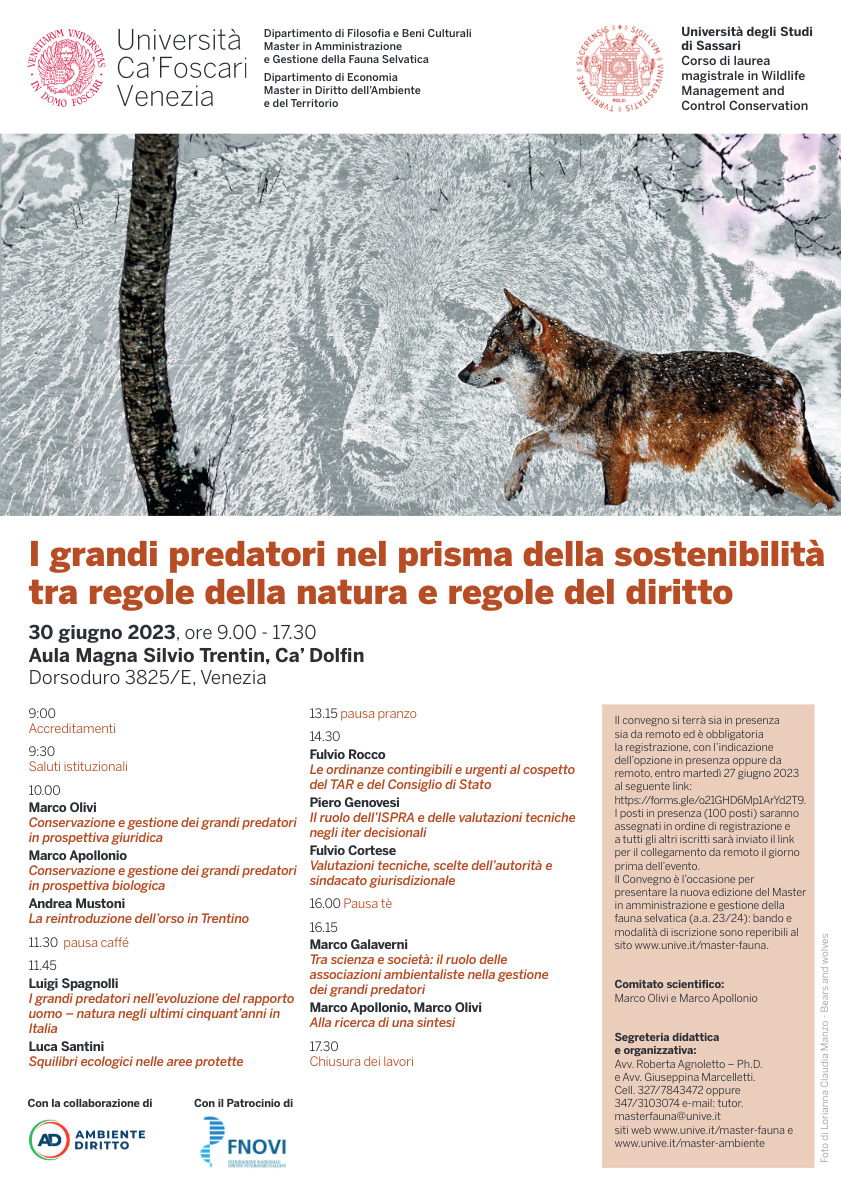______________ AMBIENTEDIRITTO ______________
TUTELA DELLA QUALITÀ E QUANTITÀ DELLA RISORSA IDRICA E GESTIONE DEL SERVIZIO IDRICO INTEGRATO: SPUNTI DI RIFLESSIONE.
Vera Parisio
Professore ordinario di Diritto amministrativo nell’Università di Brescia
Abstract [It]: La transizione, equa e inclusiva, indirizzata a costruire una società ove l’impatto ambientale sia pari a zero, si fonda sulla rivoluzione verde e la transizione ecologica. Non a caso, anche all’interno del Piano Nazionale di Ripresa e Resilienza (PNRR), il legislatore ha previsto misure volte pure all’uso sostenibile delle risorse idriche. A prescindere dalla natura pubblica o privata del modello di gestione della risorsa idrica scelto, ciò che appare, oggi, imprescindibile è il consolidamento di un’effettiva e imparziale attività di regolazione e di controllo sui soggetti gestori del servizio da parte della governance, ma, soprattutto, il risanamento della rete idrica, la quale è afflitta da perdite inaccettabili, vista la preziosità della risorsa in esame. Alla luce di quanto sopra, nel presente scritto si esamineranno le situazioni di criticità che ancora affliggono la gestione del servizio idrico integrato, analizzando i diversi modelli di gestione, pubblici e privati, che comunque debbono tutti affrontare il “water device”, la frammentazione del servizio idrico e l’incompleta costituzione degli EGATO. L’auspicio è che queste ultime possano essere sanate o almeno attenuate, garantendo la qualità e quantità della risorsa idrica, in una logica di sostenibilità.
Abstract [En]: The equitable and inclusive transition, aimed at achieving a zero environmental impact society, is based on the green revolution and the ecological transition. Not by chance, even within the National Recovery and Resilience Plan (NRRP), the Legislator has provided for provisions also for the sustainable use of water resources. Nowadays, regardless of the public or private nature of the management system of the water resource service (integrated water service) concerned, it seems imperative to strengthen an effective and impartial regulatory and control activity on the water service providers. Anyway, above all, it is essential to restore the water network, which is plagued by unacceptable losses, given the preciousness of the resource. In light of this scenario, this paper will analyse the critical situations that are still affecting the water management, by keeping a focus on the different water service management models. The private or public water service management models have to face the “water device”, the fragmentation of the water service and the incomplete constitution of EGATOs, in the hope that all these problems may be solved or at least mitigated, to preserve the quality and quantity of water resources, in a sustainable perspective.
SOMMARIO: 1. Introduzione. – 2. La gestione delle risorse idriche: alla ricerca di qualità e quantità della risorsa. – 3. Il SII nel Codice dell’ambiente – 3.1. Il SII tra autoproduzione ed esternalizzazione. – 3.2. Il corrispettivo del SII: la tariffa. – 4. Conclusioni.
Scarica allegato





 AMBIENTEDIRITTO.IT EDITORE
AMBIENTEDIRITTO.IT EDITORE